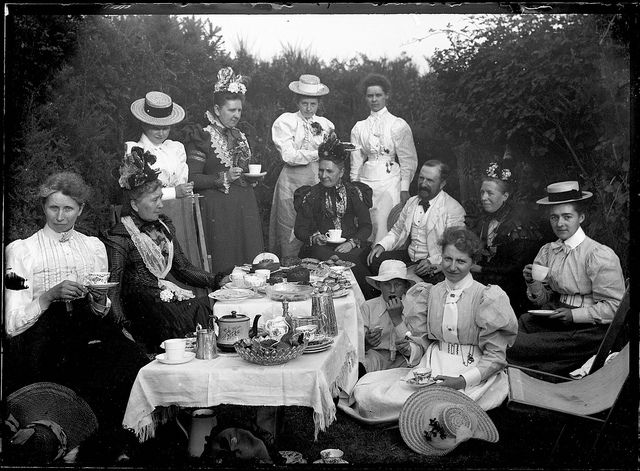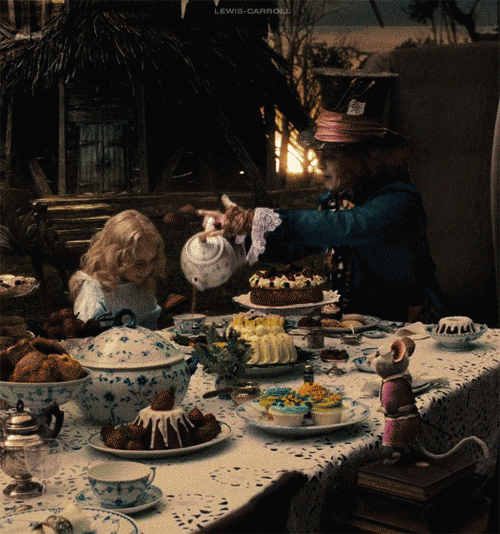TEA URN
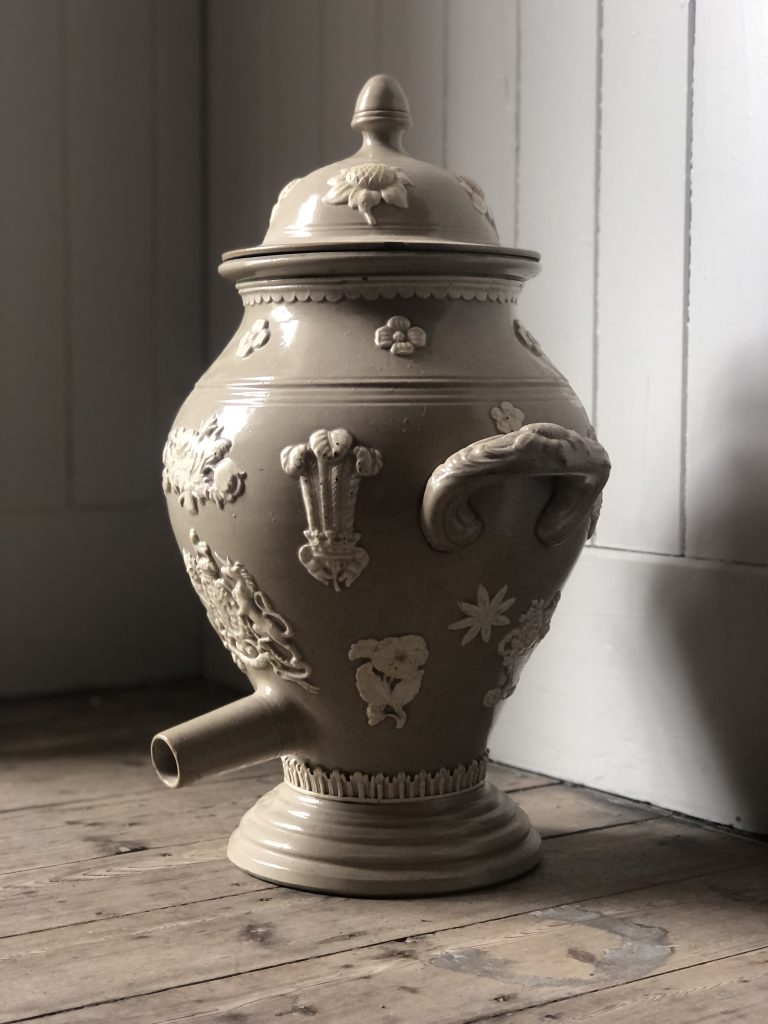
Unlike metal tea urns, which were designed to keep water for topping up a teapot hot, this ceramic urn would have contained brewed tea. The tea would have been made using tea leaves in a large teapot, with water from the water pump in the kitchen.

The UK is one of the largest consumers of tea in the world. Tea was imported from China in the 1600s and drinking it was thought to have had medicinal benefits. It soon became fashionable among the rich and became more widely popular in the 18th century, eventually being seen as fundamental to British identity. The history of tea drinking is also deeply tied-up with the introduction and use of sugar and both are associated with slavery and plantations. Poor conditions for tea workers continue today.
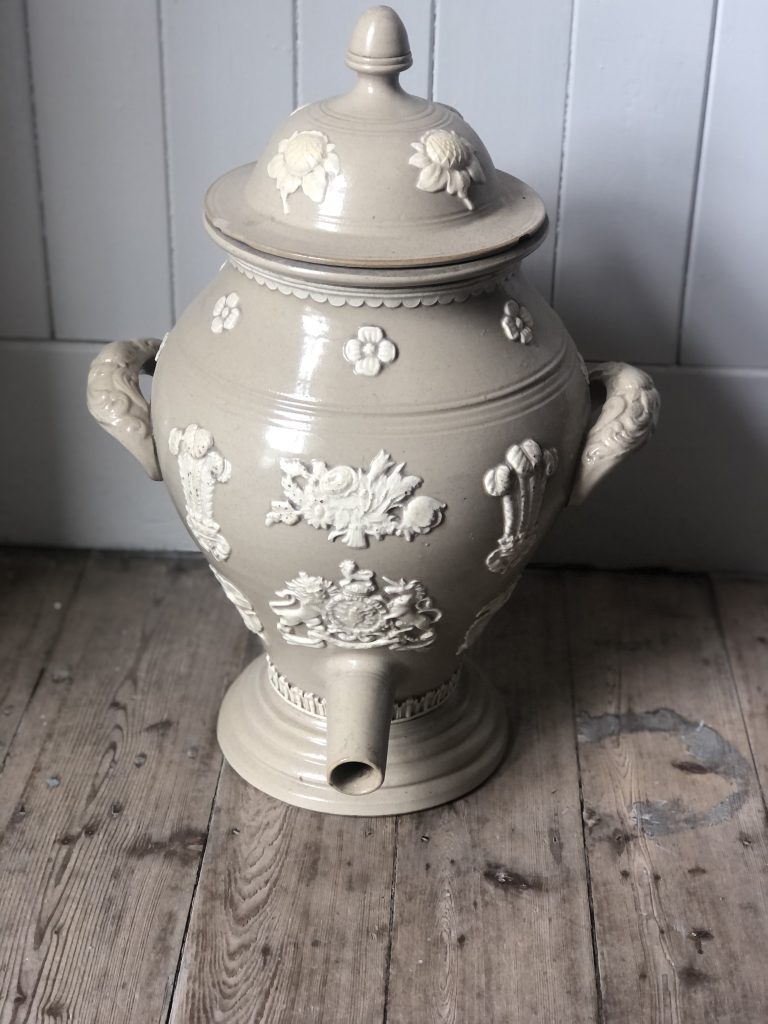
Britain legally abolished the slave trade in 1807, but conditions in the local mills were still very poor.
“How come well-meaning people can campaign on behalf of slaves in a far-off land and ignore the plight of child slaves nearer home?” asked campaigners such as Richard Oastler.
In 1833, working hours at textile mills in the upper Calder valley were generally between 68 and 72 hours per week: people worked between 6 a.m. and 8 p.m. (7 p.m. on Saturdays). Children as young as seven were often the ‘main support’ of family income and even “progressive” mill owners such as Titus Salt employed children and were opposed to reforms banning children under nine from working in mills.
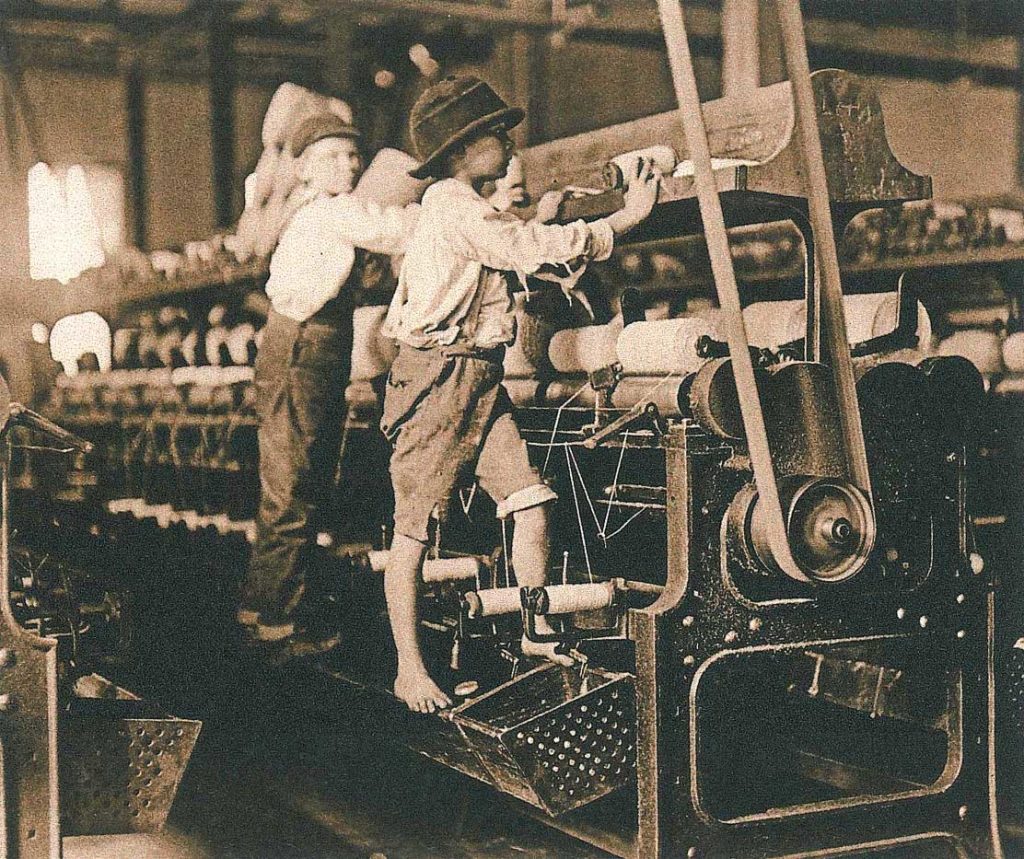
Click on the photo above to find out more about the conditions that children worked in in the textile mills of Yorkshire
The Teabag
The teabag was invented when an American tea merchant began to send out samples of tea in small silk bags. Customers assumed that, rather than emptying the bag into hot water, the entire bag was supposed to be dunked in.
This was around 1908, but teabags didn’t catch on in the UK until the 1950s.
